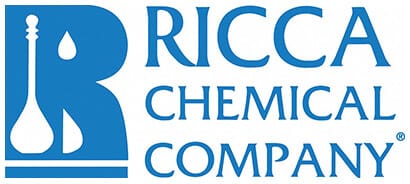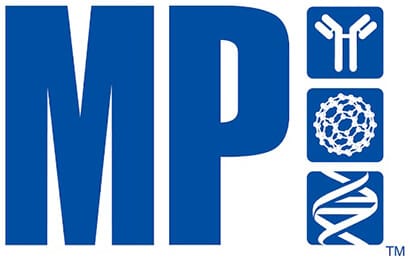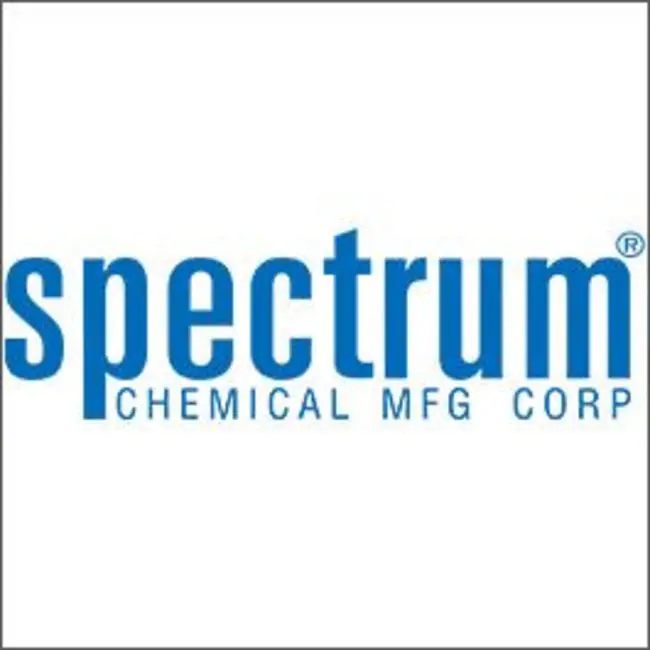10 g
Showing 1–50 of 376 results
-
![(alphaS,3S)-alpha-[(tert-Butyl oxycarbonyl)amino]-2-oxo-3-py](https://advatechgroup.com/wp-content/uploads/2025/06/05230921_mol-struc_2.png)
(alphaS,3S)-alpha-[(tert-Butyl oxycarbonyl)amino]-2-oxo-3-py
$256.96 Add to cart View Product Details(alphaS,3S)-alpha-[(tert-Butyl oxycarbonyl) amino]-2-oxo-3-py is a carboxylate derivative and can be used as a pharmaceutical intermediate. Used in the preparation of protease inhibitors.
-

1-BROMO-2,4-DINITROBENZENE
$51.12 Add to cart View Product Details1-BROMO-2,4-DINITROBENZENE
-

1-Naphthyl phosphate, monosodium salt, monohydrate
$175.29 Add to cart View Product Details1-Naphthyl Phosphate Monosodium Salt Monohydrate
-
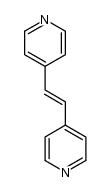
1,2-bis(4-Pyridyl)ethylene
$338.71 Add to cart View Product Details1,2-Bis(4-Pyridyl)Ethylene
-

1,3-Propane sultone
$42.87 Add to cart View Product Details1,3-Propane Sultone
-

2-(2-AMINOETHYL)PYRIDINE
$205.21 Add to cart View Product Details2-(2-AMINOETHYL)PYRIDINE
-
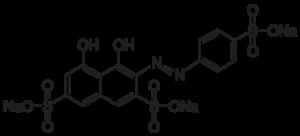
2-(p-Sulfophenylazo)-1,8-dihydroxy-3,6-naphthalenedisulfoni
$44.49 Add to cart View Product Details2-(p-Sulfophenylazo)-1,8-dihydroxy-3,6-naphthalenedisulfoni
-

2-ISOPROPYLAMINOETHANOL
$36.41 Add to cart View Product Details2-ISOPROPYLAMINOETHANOL
-

2-Keto-D-gluconic acid, hemicalcium salt, monohydrate
$562.61 Add to cart View Product Details2-Keto-D-Gluconic Acid Hemicalcium Salt Monohydrate
-

2-Mercaptoethane sulfonic acid, sodium salt
$93.47 Add to cart View Product Details2-Mercaptoethane Sulfonic Acid Sodium Salt
-

2,3,5-Triiodobenzoic acid, PhytoPure
$112.13 Add to cart View Product Details2,3,5-Triiodobenzoic acid, PhytoPure
-

2,3,5-Triphenyl tetrazolium chloride
$64.81 Add to cart View Product Details2,3,5-Triphenyl Tetrazolium Chloride
-

2,3,5-Triphenyl tetrazolium chloride, cell culture reagent
$68.93 Add to cart View Product Details2,3,5-Triphenyltetrazolium Chloride
-

2,3,5-Triphenyl-2H-tetrazolium chloride
$65.75 Add to cart View Product Details2,3,5-Triphenyl-2H-Tetrazolium Chloride
-

2,4-Dichlorophenoxyacetic acid Sodium Salt, monohydrate, Phy
$141.28 Add to cart View Product Details2,4-Dichlorophenoxyacetic acid Sodium Salt, monohydrate, Phy
-

2,4,6-Tripyridyl-S-triazine
$267.17 Add to cart View Product Details2,4,6-Tripyridyl-S-Triazine
-

2,6-Dichloroindophenol sodium salt
$87.81 Add to cart View Product Details2,6-Dichloroindophenol Sodium Salt
-

2′-Deoxycytidine HCl
$466.75 Add to cart View Product Details2′-Deoxycytidine HCl
-
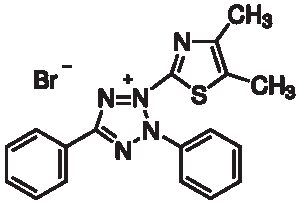
3-(4,5-Dimethylthiazolyl-2)-2,5-diphenyl tetrazolium bromide
$816.33 Add to cart View Product Details3-(4,5-Dimethylthiazolyl-2)-2,5-Diphenyl Tetrazolium Bromide
-

3-Amino-1,2,4-triazole
$37.67 Add to cart View Product Details3-Amino-1,2,4-Triazole
-

3-BROMO THIOPHENE
$46.46 Add to cart View Product Details3-BROMO THIOPHENE
-

3-Bromo-2-fluoroaniline, 98%
$273.92 Add to cart View Product Details3-Bromo-2-fluoroaniline, 98%
-
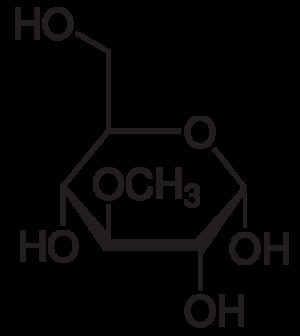
3-O-Methyl-D-glucose
$226.32 Add to cart View Product Details3-O-Methyl-D-Glucose
-

3,3-Diaminobenzidine tetrahydrochloride
$217.35 Add to cart View Product Details3,3-Diaminobenzidine Tetrahydrochloride
-

3,5-Di-tert-Butylphenol
$182.02 Add to cart View Product Details3,5-Di-Tert-Butylphenol
-

4-Aminoantipyrine
$41.26 Add to cart View Product Details4-Aminoantipyrine
-

4-Nitrophthalic acid
$40.60 Add to cart View Product Details4-Nitrophthalic Acid
-

5-CHLOROSALICYLANILIDE
$58.70 Add to cart View Product Details5-CHLOROSALICYLANILIDE
-

5-Fluorouracil
$226.67 Add to cart View Product Details5-Fluorouracil
-

7-Hydroxy-3,7-dimethyl octanal
$52.00 Add to cart View Product Details7-Hydroxy-3,7-dimethyl octanal
-

8-Anilino-1-naphthalene sulfonic acid
$76.26 Add to cart View Product Details8-Anilino-1-Naphthalene Sulfonic Acid
-

ACID RED 151
$46.60 Add to cart View Product DetailsACID RED 151
-
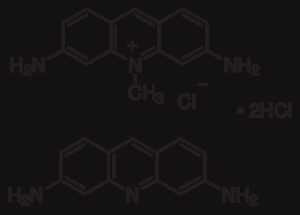
Acriflavine hydrochloride
$34.44 Add to cart View Product DetailsAcriflavine Hydrochloride
-
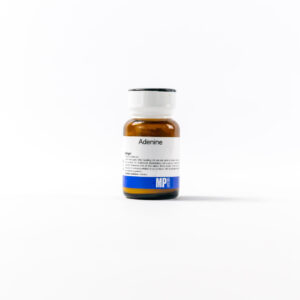
Adenine (powder)
$81.16 Add to cart View Product DetailsAdenine (powder)
-

Adenine Hemisulfate
$59.26 Add to cart View Product DetailsAdenine Hemisulfate
-

Adenosine-5′-diphosphate, trisodium salt
$558.57 Add to cart View Product DetailsAdenosine-5′-Diphosphate Trisodium Salt
-
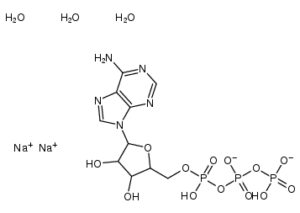
Adenosine-5′-triphosphate
$155.92 Add to cart View Product DetailsATP, disodium salt
99% purity -
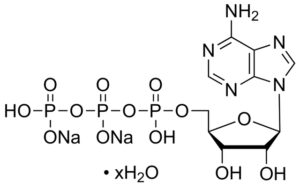
Adenosine-5′-triphosphate, disodium salt, hydrate
$167.95 Add to cart View Product DetailsAdenosine-5′-Triphosphate Disodium Salt Hydrate
-

Adenosine-5′-triphosphate, disodium salt, hydrate
$247.70 Add to cart View Product DetailsAdenosine-5′-Triphosphate Disodium Salt Hydrate
-

Adenosine-5′-triphosphate, disodium salt, trihydrate
$247.70 Add to cart View Product DetailsAdenosine-5′-Triphosphate Disodium Salt Trihydrate
-
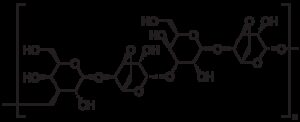
Agarose, electrophoresis grade
$57.36 Add to cart View Product DetailsAgarose for nucleic acid electrophoresis, immunodiffusion, and double-diffusion Ouchterlony plates.
-
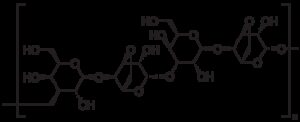
Agarose, molecular biology reagent
$57.30 Add to cart View Product DetailsWith no detectable DNAse, RNAse or proteases, this agarose is ideal for nucleic acids electrophoresis, analysis and purification
-

Albumin bovine, fraction V, ≥98%
$77.56 Add to cart View Product DetailsAlbumin Bovine, Fraction V
-
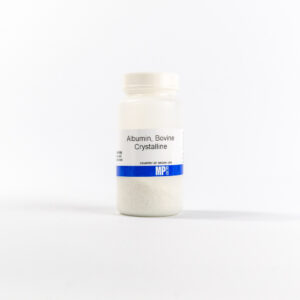
Albumin, bovine, crystalline, >99%
$358.72 Add to cart View Product DetailsAlbumins are a group of acidic proteins which occur plentifully in the body fluids and tissues of mammals and in some plant seeds.
-

Albumin, bovine, RIA Grade, ≥98%
$110.16 Add to cart View Product DetailsAlbumin, Bovine
-

Albumin, Egg White
$265.50 Add to cart View Product DetailsAlbumin, Chicken
-

Albumin, human, fraction V
$282.79 Add to cart View Product DetailsThis human protein is prepared by a modification of the Cohn procedure.
Albumin may be used to eliminate background interference in ELISA’s or other enzyme assay systems. It is also used in absorption, distribution, metabolism, and excretion (ADME) pharmacological research; cell culture; drug delivery research; and cryopreservation of cells. Human and bovine albumins contain 16% nitrogen and are often used as standards in protein calibration studies. Due to their free hydrophobic region fatty acid free albumins are used to solubilize lipids in tissue culture, and are also used as blocking agents in Western blots or ELISA applications. Globulin free albumins are suitable for use in applications where no other proteins should be present (e.g., electrophoresis).
Serum albumin functions as a carrier protein for steroids, fatty acids, and thyroid hormones, and is vital in regulating the colloidal osmotic pressures of blood. Albumin is also seen to bind to exogenous substances, particularly drugs (e.g., ibuprofen, warfarin), and strongly influence their pharmacokinetics. Oxidative stress leading to changes in the redox state of albumin has widely varied effects on its physiological function.
-
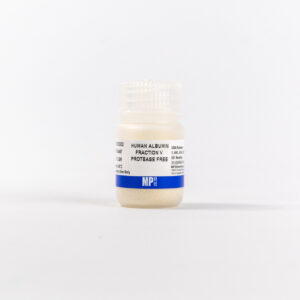
Albumin, human, fraction V (protease free)
$681.12 Add to cart View Product DetailsAlbumins are a group of simple proteins found in the body fluids and tissues of animals, and in some plant seeds. It is a single polypeptide chain with one free sulfhydryl group (Cys34) and 17 intrachain disulfide bonds.
-
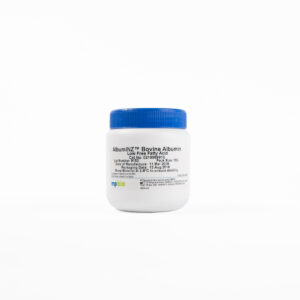
AlbumiNZ Bovine Albumin Low Free Fatty Acid, ≥97%
$94.55 Add to cart View Product DetailsAlbumiNZ™ Low Fatty Acid BSA is chromatographically purified from New Zealand-sourced bovine plasma in an ISO quality system assuring complete traceability and consistent high quality. This albumin has very low endotoxin and low free fatty acids, is tested for the absence of viruses according to 9CFR and has the highest possible biosafety level.
-

AlbumiNZ Bovine Albumin Low IgG, ≥97%
$99.49 Add to cart View Product DetailsAlbumiNZ™ Low IgG BSA is chromatographically purified from New Zealand-sourced bovine plasma in an ISO quality system assuring complete traceability and consistent high quality. This albumin has very low endotoxin and low IgG to simplify downstream purification, is tested for the absence of viruses according to 9CFR and has the highest possible biosafety level. The albumin supports growth of stem cells and increases protein production from hybridoma cells.


